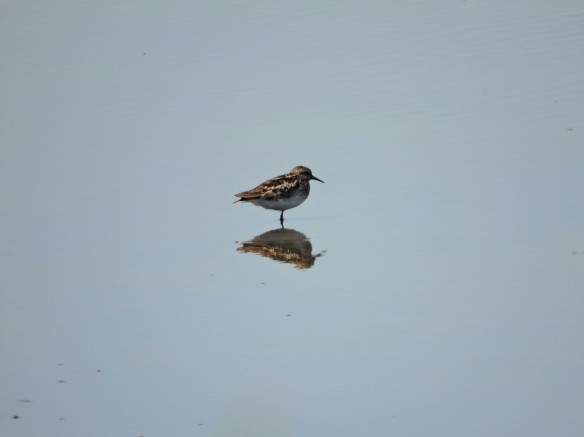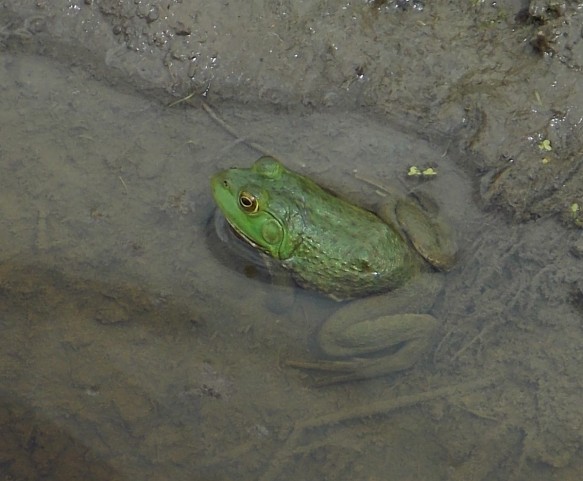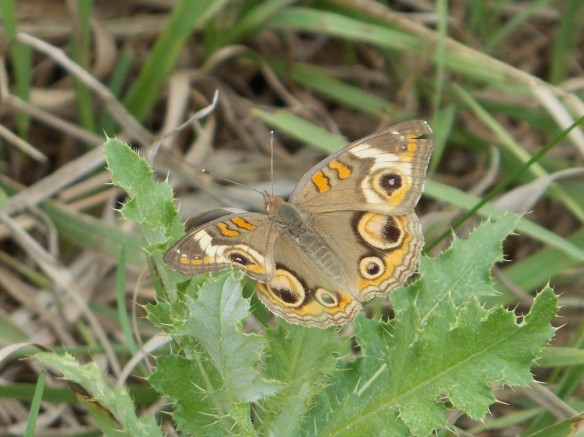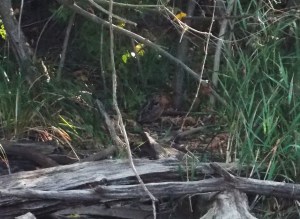Having not gone anywhere or done anything as a family for four months, last weekend we took a socially-distanced and masked long weekend to South Haven, Michigan on the eastern shore of Lake Michigan. We arrived at the beach early enough to avoid people, and we left before it got crowded. We did the same with the restaurants and took a few meals back to our AirBnB.
We spent the early part of each day at the beach, and I brought my camera in case cool birds showed up. They did.

Ring-billed Gull
The dominant Midwestern gull is the Ring-billed. With nice weather and photogenic surf, I practiced my bird portraits on these guys. Here is a snappy adult.

Herring Gull
The ratio of Herring-to-Ring-billed Gulls was approximately 1:200. The first morning there was only one other non-Ring-billed, and it was a young-ish HERG.

Caspian Tern
Caspian Terns were constantly flying around overhead. But only a couple of times did one actually land on the beach.

Bonaparte’s Gulls
At one point, a tight flock of tiny gulls swooped by and landed in the lake. Bonaparte’s Gulls! eBird didn’t like it. There were 13 in total in various stages of head molt.

Bonies
They came in to shore, where a few other people took notice and pointed them out. I resisted the urge to go up and talk about the different kinds of seagulls.

Willet + BOGU
While I was watching, a Willet flew in and landed with the flock!

Willet
This Willet was somehow the first one ever recorded at the eBird hotspot. They aren’t super common on the Great Lakes, but they are numerous enough that it’s surprising nobody had previously recorded one from this relatively huge and easily accessible beach. This was my first Great Lakes Willet, and my first time seeing the “western” subspecies, with all of my previous sightings coming from Atlantic beaches. If (when?) they get split, this will be my lifer!

Marbled Godwit
I watched the Willet fly up and down the beach for a while, with it occasionally going out of sight and then coming back. After a while, I thought I saw it fly by again low over the shore, but realized it did not have the fancy underwing pattern of a Willet and looked very orange underneath. I took off with my camera to find that it was a Marbled Godwit! Lifer!

Marbled Godwit in the waves
I wasn’t quite sure how common these birds were at this location, so I re-activated my Facebook account because I felt the need to let people know about it. It set off a small flurry of activity on the Michigan Listers group, and within a couple of hours there were other people on the beach who were definitely birders. But by then the Godwit was gone and it appears I was the only one who saw it (I mean besides a bunch of oblivious beachgoers). According to eBird, this is either the 3rd or 4th county record. Cool!

Fly-by Willets
The next day, the bird activity was much lessened. But two fly-by Willets were a highlight. I ticked a bunch of other Michigan state birds over the weekend, too, like Rose-breasted Grosbeak, Baltimore Oriole, and other common things I had just never picked up in my intermittent travels there. The trip was great, and it marked my second consecutive Michigan beach trip resulting in a lifer (or possibly two if that Willet gets split).




















